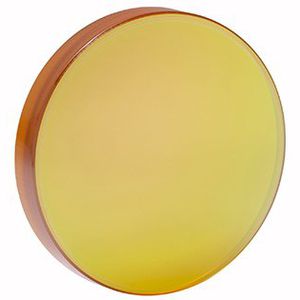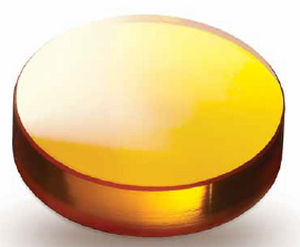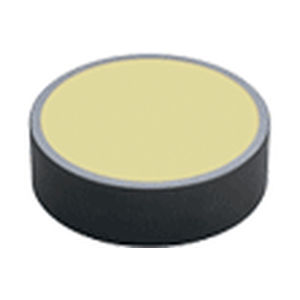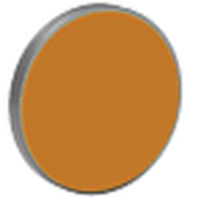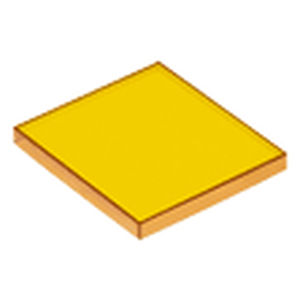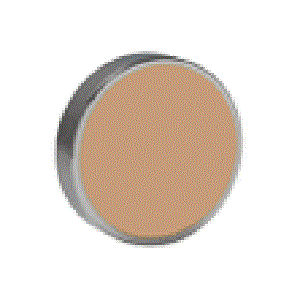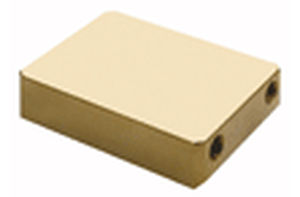
- Metrology - Laboratory
- Optical Component
- Flat mirror
- Ophir Optronics
- Products
- Catalogs
- News & Trends
- Exhibitions
Flat mirror ZPS Seriescopperlaser

Add to favorites
Compare this product
Characteristics
- Shape
- flat
- Material
- copper
- Use
- laser
Description
In most laser machines, one or several mirrors are used to forward the laser beam from the cavity to the working head. Usually, each mirror deflects the laser beam at an angle of 90°, corresponding to an angle of incidence of 45°. At these mirrors, reflectance should be as high as possible in order to minimize loss of laser power. In addition, phase shift between the s- and p-polarized components of the reflected beam should be as low as possible in order to avoid disturbing the polarization of the laser beam. Mirrors with such properties are called zero-phase mirrors.
*Ophir Optics meets ROSH directive according to China ROHS regulation and ROHS2 directive 2011/65/EU
Zero Phase Shift High Reflection Mirrors
Zero Phase Shift High Reflection Mirrors Ophir Optics new ZPS-HR high reflection coating, demonstrates our innovation and commitment to constantly enhancing our optics performance.
The best benefit of the ZPS-HR coating is lower absorption by 40% versus standard ZPS / TRZ coating. Maximum absorption of the ZPS-HR version coating is 0.3%, an improvement to the standard ZPS absorption level of 0.5%.
MMR-P
MMR-P coating can be used as cavity optics or ZPS (TRZ) and allows for the highest total random polarization reflection available. It can also be applied to a level-changing mirror in two-tiered resonator systems. Our MMR-P coating keeps the same capabilities of phase shift (tolerance of +/- 2 degree) and high reflection of visible light to enable clear observation of HeNe laser or diode laser beam reflection for alignment, location indication, etc. Reflection Spectrum of Typical Bending Mirror Coatings
Catalogs
No catalogs are available for this product.
See all of Ophir Optronics‘s catalogsRelated Searches
- Spectrum lens element
- Visible lens element
- Optical lens element
- Silica lens element
- Laser lens element
- Crystal lens element
- Spherical lens element
- Fused silica lens element
- Infrared lens element
- Aspherical lens element
- Focusing lens element
- Zinc selenide lens element
- Meniscus lens element
- High-power lens element
*Prices are pre-tax. They exclude delivery charges and customs duties and do not include additional charges for installation or activation options. Prices are indicative only and may vary by country, with changes to the cost of raw materials and exchange rates.



